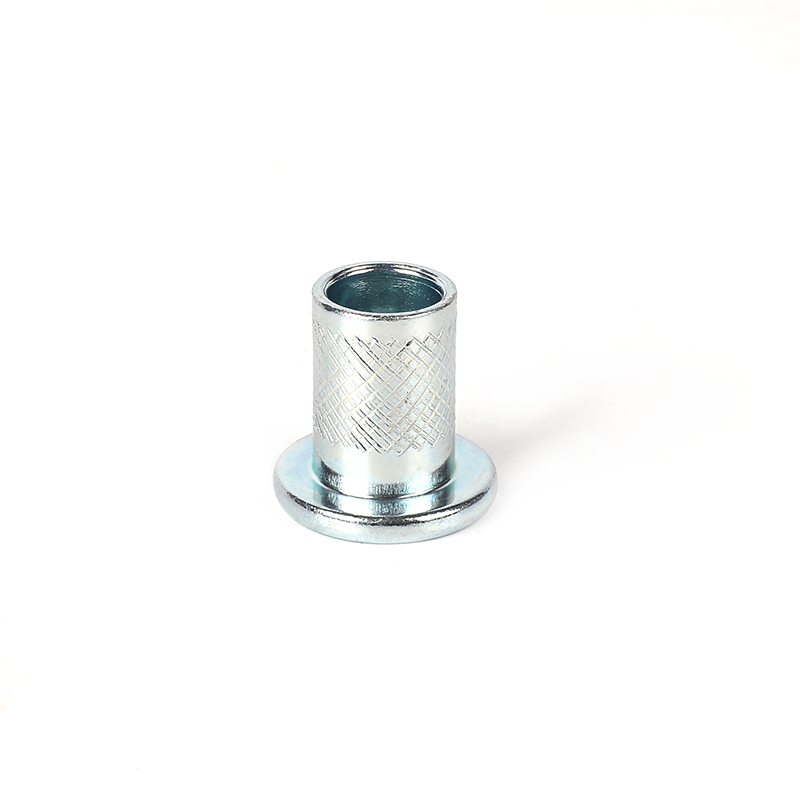Installing oil pipe screws correctly is crucial to ensure a safe and leak-free installation, especially in the high-pressure and high-temperature environments typical of the oil and gas industry. Here are some best practices to follow:
Pre-Installation Preparation
Inspection:Thoroughly inspect all components, including the oil line screws, pipes, and fittings, for any signs of damage, wear, or defects before installation.Cleanliness:Ensure all components are clean and free of debris, oil, and contaminants that could affect the seal.Thread Inspection:Check the threads of both the screws and the receiving parts for any damage or wear. Ensure they are clean and properly aligned.
Choosing the Right Tools and Materials
Correct Tools:Use the appropriate tools for the installation, such as torque wrenches, to apply the correct amount of force without over-tightening.Thread Sealant:Apply a suitable thread sealant or thread tape (such as PTFE tape) if required. Ensure the sealant is compatible with the oil type and operating conditions.

Installation Process
Alignment:Align the screws and components properly before starting to thread them together. Misalignment can cause cross-threading and potential leaks.Hand Tightening:Begin by hand-tightening the screws to ensure they are threading correctly. This step helps prevent cross-threading and ensures proper engagement of the threads.Torque Application:Use a torque wrench to tighten the screws to the manufacturer’s recommended torque specifications. Over-tightening can damage threads and components, while under-tightening can lead to leaks.Even Tightening:For flanged connections or multiple screws, tighten them in a crisscross pattern to distribute the pressure evenly and prevent warping of the components.
Post-Installation Checks
Inspection:After installation, inspect the connections for any visible signs of misalignment, gaps, or improper sealing.Pressure Testing:Conduct a pressure test to ensure the connection is leak-free. Gradually increase the pressure while monitoring for any signs of leaks.
Maintenance and Monitoring
Regular Inspections:Periodically inspect the connections during operation to detect any early signs of wear or leaks.Retightening:In high-vibration environments, check and retighten the screws as necessary to maintain a secure connection.
Additional Tips
Manufacturer Guidelines:Always follow the manufacturer’s guidelines and specifications for installation and maintenance. Different components may have unique requirements.Training:Ensure that personnel involved in the installation are adequately trained and familiar with the best practices and safety protocols.Documentation:Keep detailed records of the installation process, including the torque settings used, the sealants applied, and the results of pressure tests.
By adhering to these best practices, you can ensure that oil line screws are installed securely and effectively, minimizing the risk of leaks and ensuring safe and reliable operation in oil and gas applications.

 English
English Español
Español

